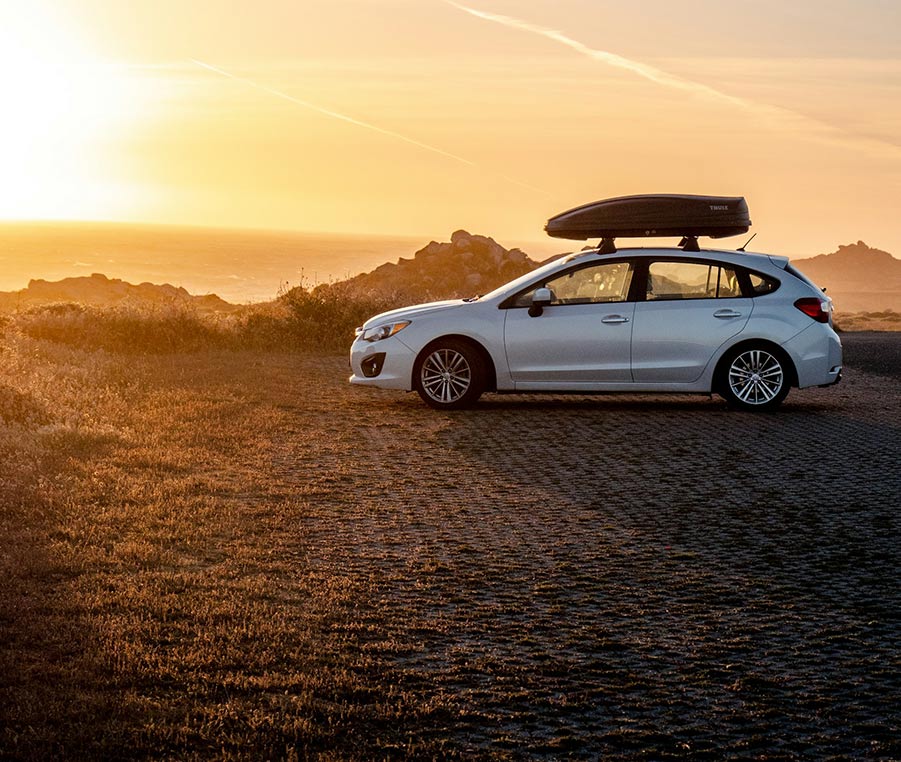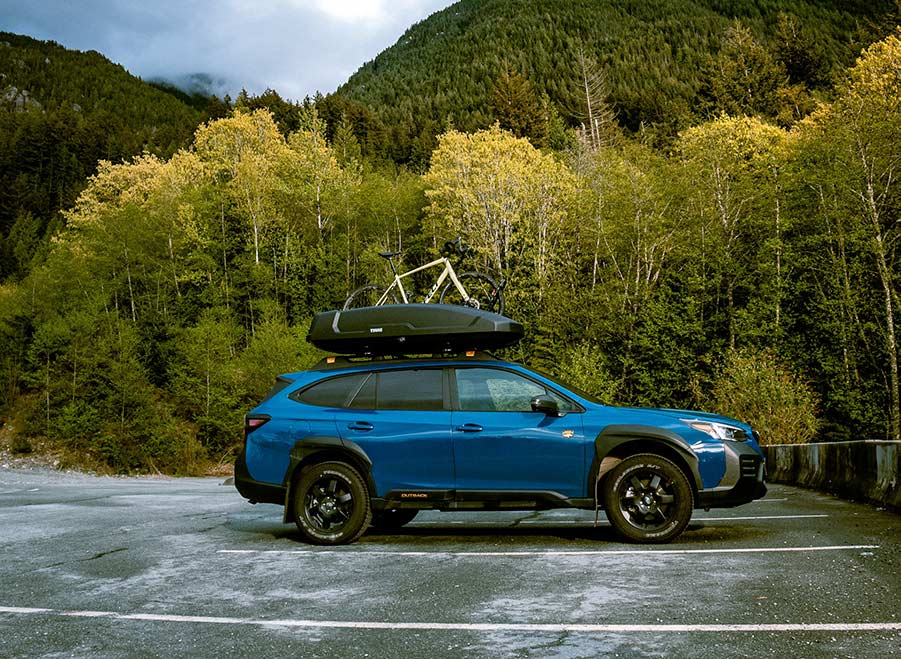Roof box lights, featuring compact light modules, significantly enhance product usability by providing targeted illumination in space-constrained environments. These small, efficient LED modules are ideal for integration into roof boxes, improving visibility without compromising on design or space. Their versatility and energy efficiency make them an essential feature in modern architectural and vehicle lighting solutions, ensuring functionality meets aesthetic seamlessly.

Illumination for your roof box – Advanced lighting solutions
In the dynamic world of architectural and interior design, the incorporation of innovative lighting solutions has revolutionized both aesthetics and functionality. This article explores how small light modules, specifically designed for integration in roof boxes, can significantly enhance product usability. These advancements are particularly relevant for industries focusing on building and interior lighting solutions, where efficiency and design go hand in hand:
Understanding roof box light functionality
These lights are compact lighting solutions designed to be integrated into the roof boxes of buildings or vehicles, providing optimal illumination without compromising on space or design. These lights are engineered using advanced LED technology, which ensures high luminous efficacy combined with energy efficiency. The primary functionality of these lights revolves around their ability to enhance visibility and usability in spaces that are typically underlit or require targeted illumination.
Adaptive illumination technology
This type of lighting utilize adaptive illumination technology, which allows them to adjust their brightness based on external conditions. This is particularly useful in environments where lighting needs can change rapidly, such as in vehicles traveling through different weather and lighting conditions or in buildings where natural light varies throughout the day.
Energy management
These lights are designed with energy management systems that optimize power usage. The LED technology in roof box lights consumes significantly less power than traditional bulbs, reducing energy costs and minimizing the environmental impact. Additionally, many systems are equipped with sensors that detect when an area is unoccupied, dimming or turning off the lights to save energy.
Durability and weather resistance
To function in various environmental conditions without degradation, the lights are built with high-quality, durable materials that withstand extreme temperatures, moisture, and exposure to sunlight. The seals and casings are specifically designed to prevent water ingress and resist corrosion, ensuring long-term reliability.
Integrated control systems
Modern lights for roof boxes often come with integrated control systems that can be managed remotely or through automated settings. These controls allow for precise management of light intensity and timing, enhancing user convenience. For vehicle applications, these lights can be synchronized with the vehicle’s own systems to automatically activate or adjust based on driving conditions.
Expanding capabilities with IoT technology
IoT technology in box lights extends their functionality beyond basic illumination. These smart lights can be controlled remotely using smartphones or other devices, allowing users to adjust settings from anywhere. This is particularly useful for maintaining optimal lighting conditions without manual intervention.
IoT-enabled lights are equipped with sensors that automatically adjust brightness based on ambient light conditions. This adaptive lighting technology ensures energy efficiency and maintains consistent illumination. Furthermore, motion sensors can trigger lights only when necessary, reducing energy use and extending the system’s life.
IoT capabilities also facilitate predictive maintenance, alerting users to maintenance needs before issues arise. Additionally, these lights can integrate seamlessly into broader smart home or vehicle systems, providing a unified approach to energy management and security.
Safety features
Safety is a critical aspect of the functionality. These lights are engineered to provide bright, clear illumination that improves visibility without causing glare to oncoming traffic or other bystanders. For building applications, they can also contribute to safety by illuminating escape routes and exits in emergencies.
See more here: calixroofboxes.com/takbox/
Components of roof box lights
A roof box light system typically comprises several key components. Each component is crucial for the efficient operation of the light, ensuring that it not only performs well but also aligns with the overall design specifications of the installation area:
Light module
The light module is the core component of the system, equipped with LED bulbs known for their high luminous efficacy and energy efficiency. These LEDs provide bright, energy-efficient lighting while consuming less power compared to traditional lighting solutions.
Light modules can vary in size, color temperature, and intensity, accommodating specific customization needs. Advanced versions feature capabilities such as dimmability and color-changing, which can be controlled via remote systems or smart device applications. This flexibility allows for precise adjustment to meet diverse environmental and aesthetic requirements.
Housing of the roof box light
The housing of the light acts as a robust protective shell that shields the light module from environmental challenges such as dust, moisture, and impact. This protection is crucial in extending the lifespan of the lighting system and ensuring continuous, reliable performance under various conditions.
Beyond its protective role, the housing is meticulously designed to blend seamlessly with the aesthetics of the roof box. It can be crafted from a range of durable materials, including high-grade plastics and metals. These materials are chosen not only for their resilience but also for their ability to be finished in various colors and textures. This variety allows for customization that can either match or enhance the exterior design of the vehicle or building, contributing to a cohesive and appealing look.
Driver circuit
The driver circuit is an essential component in the system, tasked with regulating the electrical current that powers the LEDs. This regulation is crucial to ensure that the LEDs operate at optimal efficiency without the risk of overheating or premature failure.
Modern driver circuits go beyond basic functionality by incorporating smart technology. These advanced systems can automatically adjust the brightness of the LEDs based on ambient light conditions or through user-defined settings. This feature not only enhances energy efficiency but also significantly improves user convenience by adapting the lighting to different scenarios or preferences.
Additionally, these circuits are designed with safety features that prevent electrical anomalies, such as short circuits or power surges, from damaging the lighting system. This focus on safety ensures that the lights are reliable and safe for both residential and automotive applications, maintaining performance over long periods under varying operational conditions.
Roof box mounting hardware
Mounting hardware includes all necessary brackets, screws, and fittings required to securely install the roof box light. The design of the hardware ensures that the light can withstand vibrations and movements during travel, maintaining stability and alignment. The hardware is designed for easy installation, allowing for quick setup and adjustments. Some systems offer tool-free mounting, which uses clips or adhesive pads for even simpler installation.
Each component plays a vital role in ensuring that the light performs optimally while being durable and visually appealing. These advancements in design and technology make these lights an essential addition to any vehicle or building requiring efficient, reliable lighting solutions.
More on smart lighting: iotled.net/iot-smart-lighting-system/

Enhanced usability through innovative design
Below, we explore how these enhancements translate into practical applications across various settings:
Improved visibility with roof box light
Small light modules are particularly effective in delivering concentrated light to specific areas. This targeted illumination ensures that essential areas, whether in a vehicle or a building, are well-lit, enhancing safety and functionality. For instance, in vehicle roof boxes, these lights provide clear visibility of stored contents, making them easier to access during low-light conditions. The intensity and spread of the light can be customized to suit different needs and preferences, which is especially useful in environments where precision lighting is critical, such as in detailed workspaces or display areas.
Space efficiency
The small footprint of these light modules allows them to be installed in spaces where traditional lighting solutions cannot fit. This space efficiency is crucial in modern design, where every inch of space is valuable. In urban environments where square footage is at a premium, these compact units can provide high-quality lighting without occupying significant space. These modules can be integrated into existing structures with minimal alteration needed, preserving the integrity and aesthetics of the space while providing the necessary illumination.
Versatility
The versatile nature of these box lights makes them suitable for a wide range of applications, from enhancing the ambiance in luxury residential settings to providing practical lighting in commercial vehicles. Their robust design ensures they can operate effectively in both indoor and outdoor environments, resisting weather and environmental variables. Many modern roof box lights come equipped with technology that allows them to adjust to changing light conditions automatically, which means they can provide optimal lighting in varying circumstances without manual adjustment.
Design integration
Manufacturers have the ability to design these lights to fit seamlessly with any architectural or vehicular design. Whether the goal is to complement a sleek, modern look or to fit within a more rustic setting, the light modules can be crafted with different materials and finishes to match. By integrating seamlessly into the design of the space, these lights enhance the user’s interaction with the environment. Lighting plays a significant role in mood and perception, and well-integrated lighting solutions can elevate the overall experience of a space.
Further considerations for selecting roof box lights
When choosing the ideal light, it’s crucial to go beyond basic functionality and consider a range of factors that ensure efficiency, sustainability, and compatibility. Here’s an integrated perspective on these important considerations:
Energy efficiency and performance
High energy efficiency ratings are essential as they reduce operational costs and minimize environmental impacts. These typically use LED technology, known for its low power consumption and long service life, leading to fewer replacements and reduced waste. Additionally, the performance of these lights under various environmental conditions should be considered. The best roof box lights maintain consistent brightness and color temperature even amidst voltage fluctuations or extreme weather, ensuring reliability and effectiveness.
Compatibility with existing systems
Integrating new lights with existing electrical and lighting systems should not require extensive modifications. As smart homes and vehicles become more prevalent, the compatibility of box lights with smart technologies becomes critical. Features such as remote control, light scheduling, and automatic dimming should seamlessly interact with other smart devices, enhancing user convenience and energy efficiency.
Environmental impact
The choice of materials impacts their environmental footprint. Opting for lights made from recyclable or sustainably sourced materials can significantly reduce environmental impacts. Additionally, the manufacturing processes should prioritize environmental sustainability, such as utilizing renewable energy sources and minimizing waste.
Compliance with industry standards
Adherence to international safety and quality standards is non-negotiable. Certifications from recognized bodies can benchmark safety and quality, providing peace of mind and ensuring compliance with regulatory requirements. Moreover, particularly in architectural applications, roof box lights should conform to local building codes and design standards to ensure suitability for their intended use and integration into specific environments.

The broader influence of lighting innovations
In our pursuit of better lighting solutions like those offered by advanced roof box lights, we’re reminded of the broader implications of our choices. Each decision to integrate smarter, more sustainable lighting is not just about enhancing visibility—it’s a step towards greater responsibility in our interactions with technology and our environment. Thus, as we light our way forward, let us also illuminate the path towards sustainability and thoughtful innovation.
For more insights on ensuring a safe and secure journey: https://www.transportstyrelsen.se/en/road/Vehicles/Compulsory-road-traffic-insurance1/


